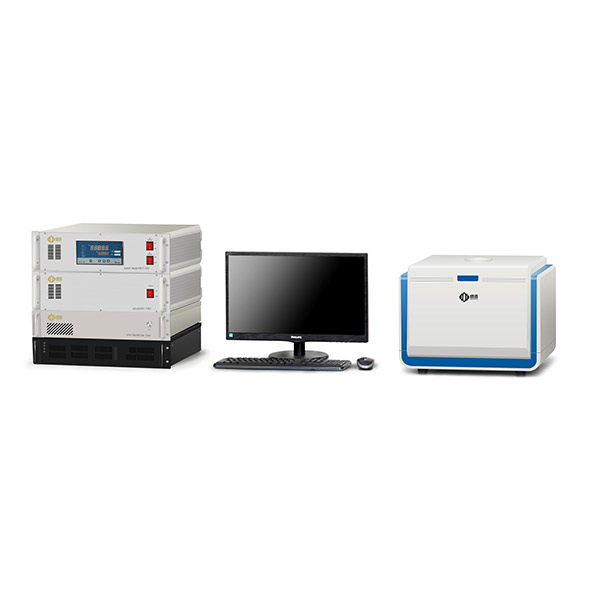Time-domain NMR technology is a fast and non-destructive detection technology. It has the advantages of fast test speed, high sensitivity, non-destructive, and green. It has been widely used in food quality analysis, seed breeding, petroleum exploration, life science and rubber cross-linking density And other fields. This technology mainly relies on the “ubiquitous” and “pervasive” characteristics of water molecules, using water molecules as probes to study the physical characteristics of samples. In recent years, a small handheld nuclear magnetic field has been introduced, which can be used for rapid on-site detection, greatly expanding the application range of time-domain NMR technology.
Nuclear magnetic resonance (NMR) is a physical phenomenon in which atomic nuclei in a static magnetic field are subjected to another alternating magnetic field. Time-domain NMR (TD-NMR) imaging and analysis is an emerging fast non-destructive testing technology. The field strength is relatively low, and permanent magnets are generally used. The test sample is between the two magnetic poles, and a stable NMR signal can be obtained through special excitation and signal processing. The main test parameters include longitudinal relaxation time (T1), lateral relaxation time (T2), self-diffusion coefficient, T1-weighted imaging, T2-weighted imaging, and proton density-weighted imaging. Time-domain nuclear magnetic equipment is relatively cheap, small in size and weight, easy to move, simple to operate, and easy to maintain.
Although the research of time-domain NMR technology started earlier in China, its development is slow. In the NMR technology, the most widely detected is the hydrogen proton, represented by water. Hydrogen atoms are extremely abundant in nature, and the NMR signal generated by them is very strong and easy to detect. In NMR technology, the difference in relaxation time can be used to detect the properties of water quickly and accurately in the sample and the content of water with different properties. Using water molecules as a probe, the internal physical characteristics of the sample can be studied.

 NIUMAG
NIUMAG